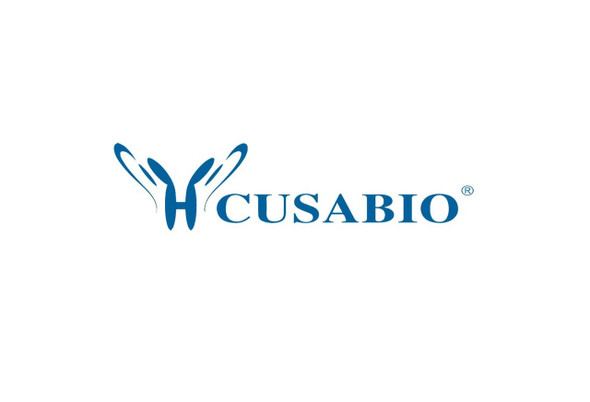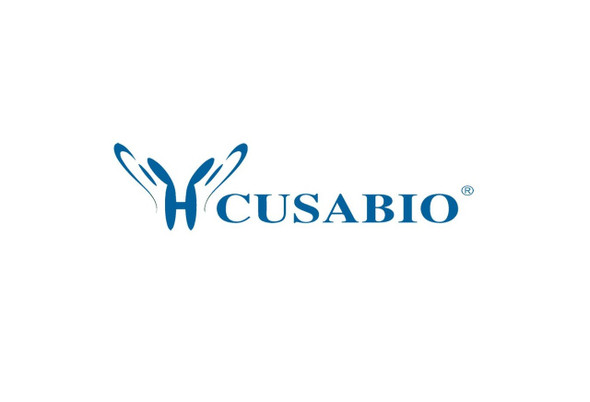Cusabio Polyclonal Antibodies
ACOT4 Antibody | CSB-PA051355
- SKU:
- CSB-PA051355
- Availability:
- 3 to 7 Working Days
- Size:
- 100ul
Description
ACOT4 Antibody | CSB-PA051355 | Cusabio
ACOT4 Antibody is Available at Gentaur Genprice with the fastest delivery.
Online Order Payment is possible or send quotation to info@gentaur.com.
Product Type: Polyclonal Antibody
Target Names: ACOT4
Aliases: acyl-CoA thioesterase 4; acyl-coenzyme A thioesterase 4; EC 3.1.2.2; peroxisomal acyl coenzyme A thioester hydrolase Ib; peroxisomal long-chain acyl-CoA thioesterase Ib
Background: Acyl-CoA thioesterases are a group of enzymes that catalyze the hydrolysis of acyl-CoAs to the free fatty acid and coenzyme A (CoASH), providing the potential to regulate intracellular levels of acyl-CoAs, free fatty acids and CoASH By similarity. Succinyl-CoA thioesterase that also hydrolyzes long chain saturated and unsaturated monocarboxylic acyl-CoAs.
Ota T., Nat. Genet. 36:40-45 (2004) .
Li W.B., Submitted (JAN-2003) to the EMBL/GenBank/DDBJ databases.
The MGC Project Team; Genome Res. 14:2121-2127 (2004) .
Isotype: IgG
Conjugate: Non-conjugated
Clonality: Polyclonal
Uniport ID: Q8N9L9
Host Species: Rabbit
Species Reactivity: Human
Immunogen: Synthesized peptide derived from internal of human ACOT4.
Immunogen Species: Human
Applications: ELISA, WB, IF
Tested Applications: ELISA, WB, IF;WB:1:500-1:3000, IF:1:100-1:500
Purification Method: The antibody was affinity-purified from rabbit antiserum by affinity-chromatography using epitope-specific immunogen.
Dilution Ratio1: ELISA:1:2000-1:10000
Dilution Ratio2: WB:1:500-1:3000
Dilution Ratio3: IF:1:100-1:500
Dilution Ratio4:
Dilution Ratio5:
Dilution Ratio6:
Buffer: Rabbit IgG in phosphate buffered saline (without Mg2+ and Ca2+), pH 7.4, 150mM NaCl, 0.02% sodium azide and 50% glycerol.
Form: liquid
Storage: Upon receipt, store at -20°C or -80°C. Avoid repeated freeze.
Initial Research Areas: Tags & Cell Markers
Research Areas: Cardiovascular;Tags & Cell Markers;Metabolism;Signal transduction






